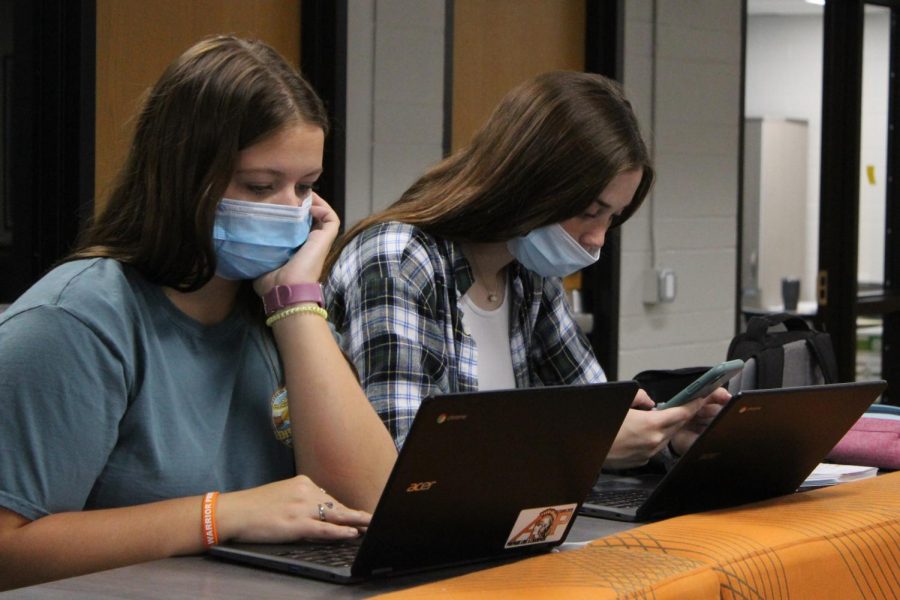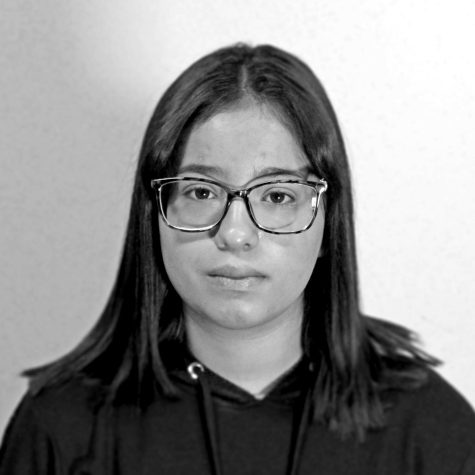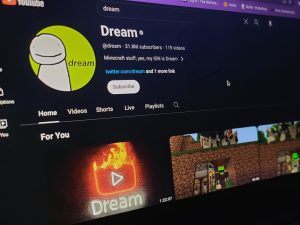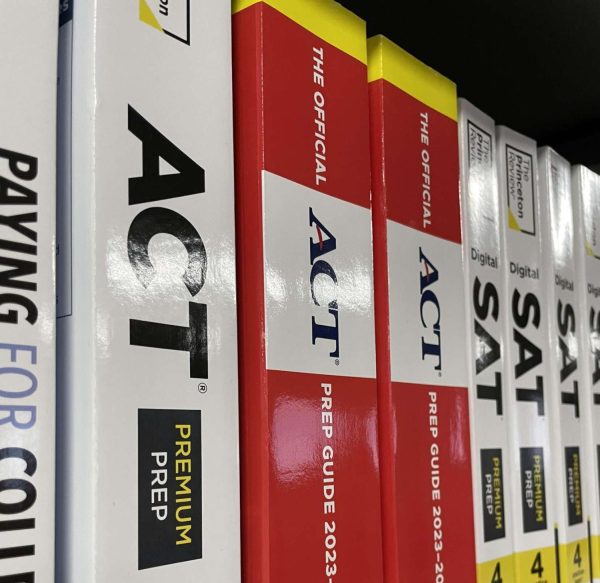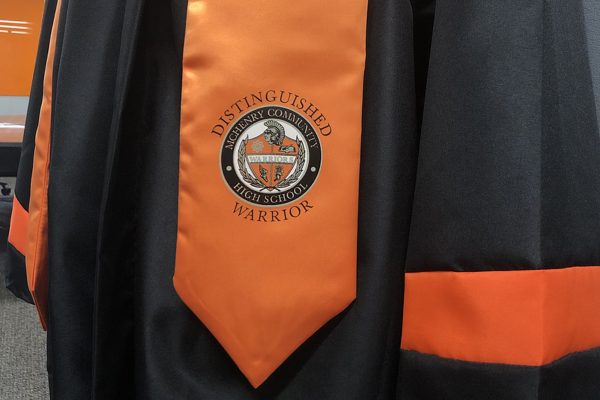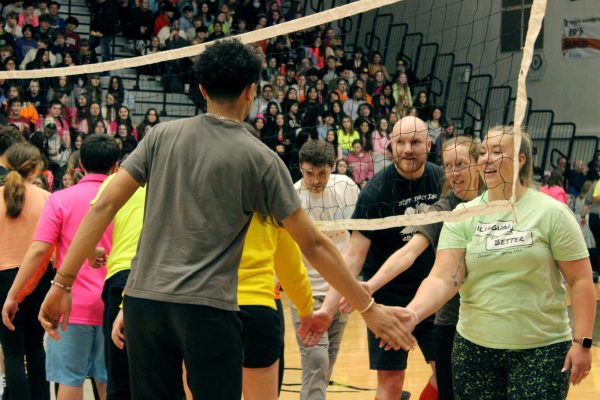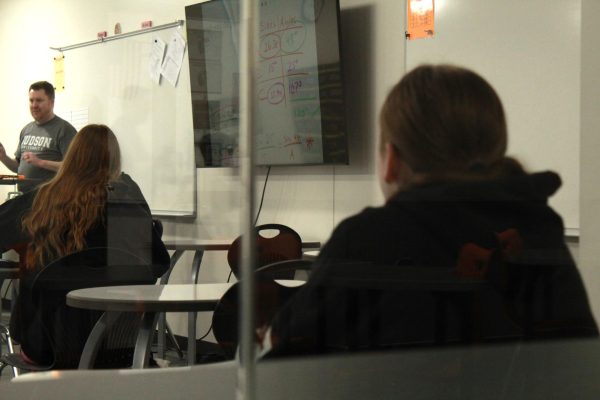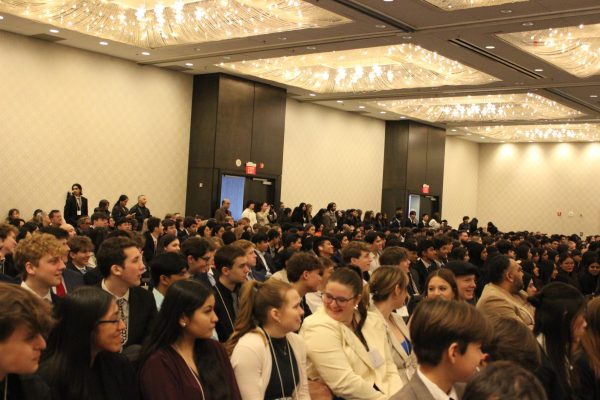Upper Campus expands blended learning opportunities
Over fifty blended learning classes offered at the Upper Campus provide students additional flexibility and increase motivation
Students enjoy a new sense of freedom and control of their learning environments within the new blended learning model during 7th period on September 17.
September 17, 2021
MCHS’s Upper Campus started blended learning on September 7 in order to increase learning opportunities for students.
Under this learning model, students decide where they want to spend the duration of their blended period.
“Blended learning, as an instructional program or philosophy,” writes Assistant Superintendent of Learning and Innovation Carl Vallianatos, “can be defined as a combination of in-class, face to face instruction and out of class digital activities where students have some control over the time, place, pace, and path of their learning.”
Approved blended areas include the soft seating in the new wing, the media center, the college and career center, the center for student life, and the south entrance commons. The Warrior Room is not an approved blended area.
Students that are eligible to be blended can also choose to remain in their classroom or might be required to stay in the classroom for group work. Students that do not meet the criteria to be blended are required to stay in the classroom for extra help from their teachers.
“The district expectation is a C or higher to be allowed the blended privilege. A [teacher] can raise the bar, but may not lower it,” explains Assistant Principal Greg Eiserman. School rules must be followed at all times while blended and irresponsible behavior could result in the revocation of blended privileges.
According to Eiserman, blended learning will be different from teacher to teacher. They will get to decide how many blended days students will have. Teachers are required to be clear and consistent with their communication of blended days.
Many teachers are starting out with one blended day a week since students should still be spending most of the week in their physical classroom.
Some teachers, such as English teacher Elizabeth Goy, who has previously taught blended classes at Dundee-Crown, believe that blended learning will be beneficial to students.
“It teaches time management, self-reflection, motivation, and for students to advocate for themselves when they need help,” she says.
According to a study done by the Illinois State Board of Education out of 581 students in District 158, 91% claimed that blended learning positively affected their time management skills, while 47% were mostly satisfied with their experience and 34% were completely satisfied.
Upper Campus hopes that increased motivation and time management helps students maintain the grade requirement for blended privileges.
Aside from academic benefits, blended provides students with the opportunity to develop socially and emotionally. Blended allows for smaller class settings which give students the opportunity to develop deeper, meaningful relationships with their teachers and peers.
Blended learning might not be for every student, however. According to the same Illinois Board of Education study, 42% of students did not take blended classes because they prefer in person learning.
“Blended is not a miracle solution,” Eiserman states. “It is not even a great option for all students. However, I think for a lot of content areas and a lot of students, it is a really good option. It will allow teachers to better reach where students are at, it will provide students an opportunity to better learn time management, the grade requirement can provide motivation, and it provides a similar experience for students planning on college.”
While challenges might arise with the new learning model, MCHS hopes blended learning will provide students with plenty of opportunities to develop skills that will aid them in post-secondary institutions as well as in their careers and life.
Additional reporting for this story by Josie Cable



